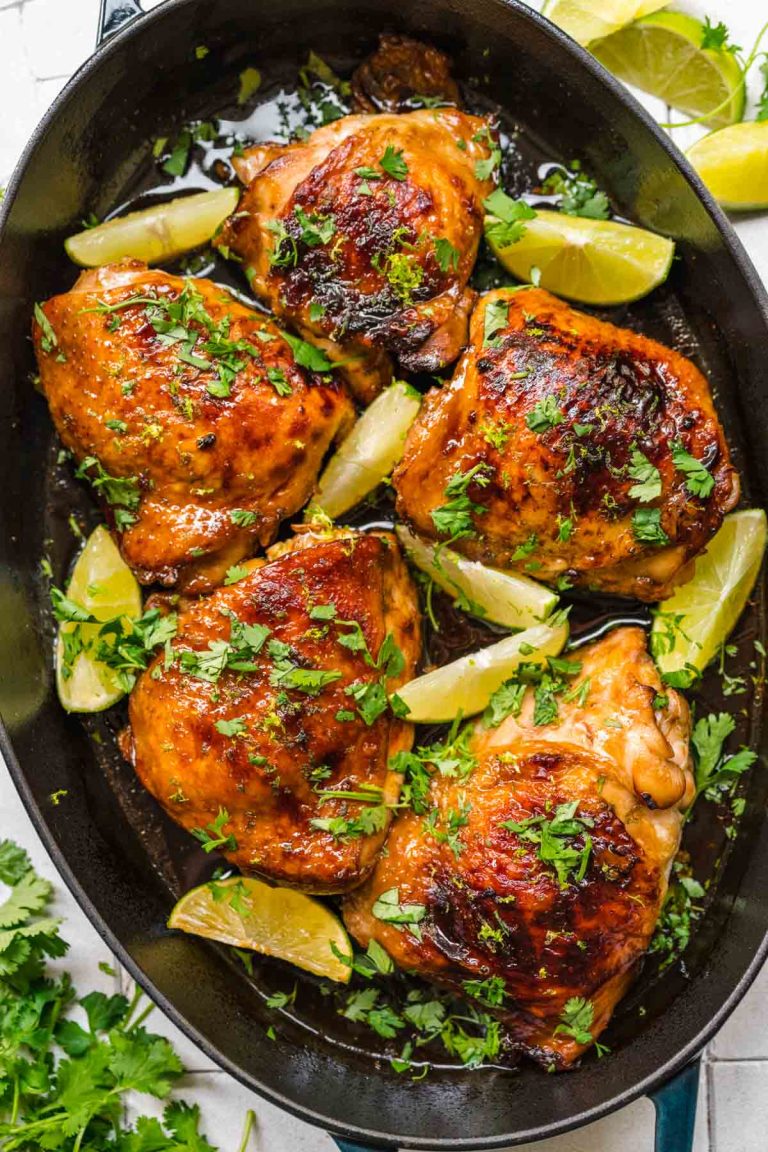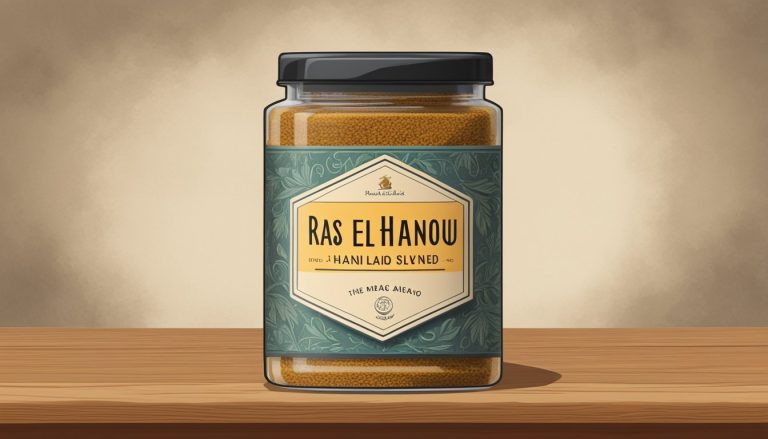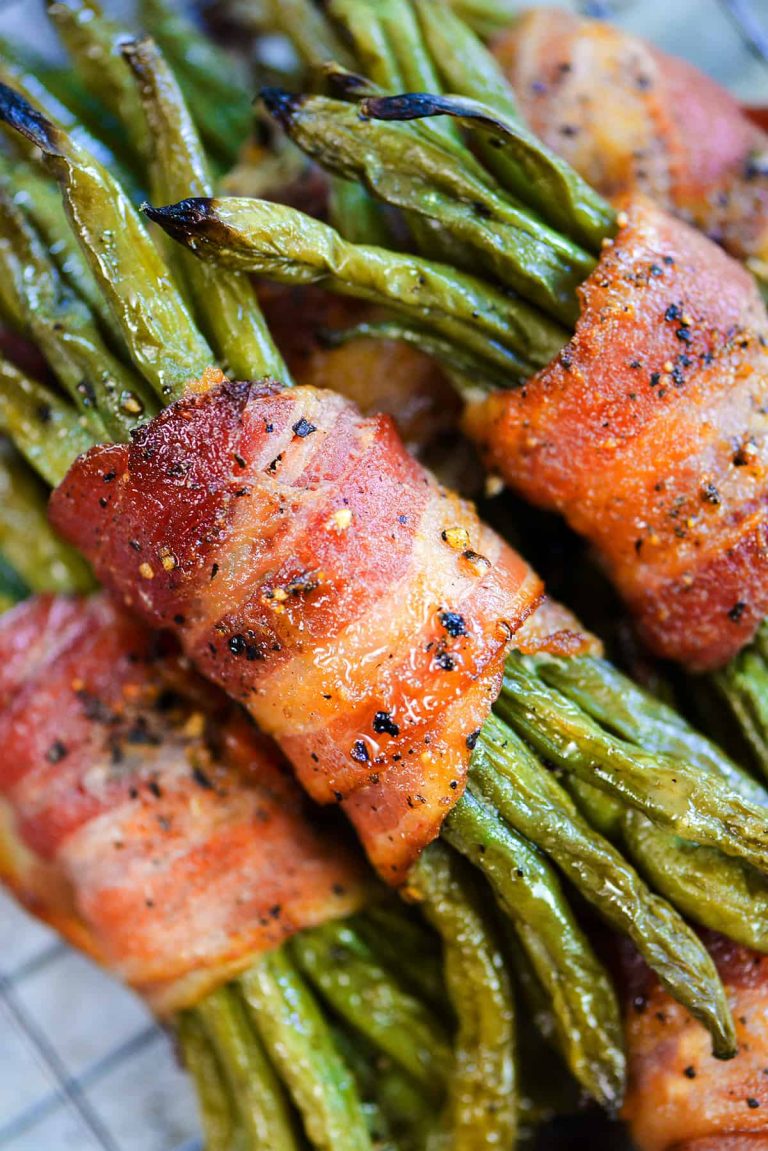Red Wine Reduction Sauce: Recipes, Uses, and Health Benefits Explained
Red wine reduction sauce, a staple in gastronomy, infuses bold flavors into various dishes. By simmering red wine with aromatics like shallots and garlic, you concentrate the liquid until it thickens, producing a rich, velvety sauce. Almost often used with dishes like steak or lamb, it also pairs beautifully with roasted vegetables, providing a touch of sophistication. Use this sauce to elevate your home-cooked meals, impressing guests and enhancing culinary experiences.
Key Ingredients and Variations
A classic red wine reduction sauce starts with quality red wine, such as Cabernet Sauvignon or Merlot, which ensures a robust flavor profile. Other essential components include:
- Shallots: Adds a subtle sweetness and depth.
- Garlic: Infuses the sauce with aromatic richness.
- Butter: Provides creaminess and a glossy finish.
- Beef or Vegetable Stock: Enhances savory notes.
- Fresh Herbs: Thyme and rosemary for added fragrance.
You can customize the sauce by incorporating additional ingredients. For a sweet touch, add a tablespoon of honey or sugar. For a tangy flavor, include a splash of balsamic vinegar. For a spicy kick, introduce a pinch of red pepper flakes. The flexibility allows you to tailor the sauce to complement your specific dish, adding both flavor and elegance.
History and Origin of Red Wine Reduction Sauce
Cultural Significance in Cooking
Red wine reduction sauce, common in European cuisine, dates back to early French culinary traditions. Classical French cuisine universally employs reduction sauces to intensify flavors by simmering liquids with aromatics. This sauce, often found in French bistros, enhances the profile of meats like duck, beef, and lamb. The practice spread across Europe, making it a staple in Italian, Spanish, and Mediterranean dishes, reflecting its enduring cultural importance.
Preparing Red Wine Reduction Sauce
Essential Equipment for Cooking
To prepare a red wine reduction sauce, you’ll require specific kitchen tools.
- Saucepan: A medium-sized, heavy-bottomed saucepan ensures even heat distribution.
- Knife: A sharp chef’s knife is essential for finely chopping shallots and garlic.
- Cutting Board: A stable cutting board provides a safe surface for prep work.
- Wooden Spoon: A wooden spoon helps stir the sauce without reacting with the acidity.
- Measuring Cups and Spoons: Accurate measurements for wine, stock, and other ingredients are crucial.
- Strainer: A fine-mesh strainer is useful for removing solids, creating a smooth sauce.
Steps to Make the Perfect Sauce
Follow these steps to create a delicious red wine reduction sauce:
- Sauté Aromatics: Heat 1 tablespoon of olive oil in the saucepan over medium heat. Add finely chopped shallots and garlic. Cook for 2-3 minutes until translucent.
- Deglaze with Wine: Pour in 1 cup of red wine, scraping the bottom of the pan to deglaze. Let it simmer until reduced by half, approximately 10 minutes.
- Add Stock and Flavorings: Add 1 cup of beef or chicken stock, 1 teaspoon of fresh thyme, and 1 bay leaf. Simmer for another 10-15 minutes until the mixture thickens.
- Strain the Sauce: Use the fine-mesh strainer to remove herbs and any solids, ensuring a silky texture.
- Finish with Butter: Return the strained sauce to the pan. Whisk in 2 tablespoons of cold butter until glossy and smooth.
- Season to Taste: Adjust salt and pepper to taste. Optionally, add a teaspoon of honey for sweetness or a splash of balsamic vinegar for tanginess.
These steps guide you through creating an exquisite red wine reduction sauce, perfect for enhancing your meals.
Culinary Uses of Red Wine Reduction Sauce
Pairing with Meats
Red wine reduction sauce complements a variety of meats. It’s commonly paired with steaks, pork chops, lamb, and roasted chicken. For steaks, the sauce enhances the natural flavors of the meat, making it a favorite for special occasions. When serving pork chops, the sauce adds a rich, complex flavor that balances the inherent sweetness of the pork. Lamb benefits from the depth of the red wine reduction, providing a contrast to its slight gaminess. Roasted chicken, often seen as a versatile meat, gains a gourmet quality when drizzled with the sauce.
- Beef Wellington: Drizzle red wine reduction sauce over a perfectly baked Beef Wellington to intensify the flavors.
- Mushroom Risotto: Incorporate a splash of red wine reduction into mushroom risotto for a luxurious, earthy dimension.
- Grilled Vegetables: Enhance grilled vegetables like bell peppers and zucchini by lightly coating them with the sauce before serving.
- Pasta Dishes: Use the sauce in pasta dishes, such as a reduction-based sauce for fettuccine, to add depth.
- Braised Short Ribs: Glaze braised short ribs with the reduction to enrich their tender texture.
- Dessert Sauce: Experiment by drizzling a small amount over vanilla ice cream or dark chocolate desserts for a surprising twist.
By integrating red wine reduction sauce into a variety of dishes, you elevate the overall dining experience.
Health Benefits and Nutritional Value
Antioxidants in Red Wine
Red wine contains antioxidants like resveratrol and flavonoids. These compounds help reduce oxidative stress in your body. Resveratrol is known for its potential to improve heart health. Studies show it can lower bad cholesterol levels and increase good cholesterol. Flavonoids also support heart health by promoting healthy blood vessels and reducing inflammation.
Caloric and Sugar Content
Red wine reduction sauce offers concentrated flavors with moderate calorie content. A tablespoon of the sauce contains around 20-30 calories. The sugar content remains relatively low, usually under 2 grams per tablespoon, making it a suitable option for those monitoring sugar intake. When preparing the sauce, ensure to use dry red wine to keep sugar levels minimal.
Conclusion
Mastering the art of red wine reduction sauce not only elevates your culinary skills but also adds a touch of sophistication to your meals. Whether you’re pairing it with meats or incorporating it into various dishes, this sauce brings a rich, complex flavor that’s hard to beat. Plus, with its health benefits and low sugar content, you can indulge without guilt. So, next time you’re looking to impress your guests or simply treat yourself, remember that a well-crafted red wine reduction sauce can make all the difference. Happy cooking!






